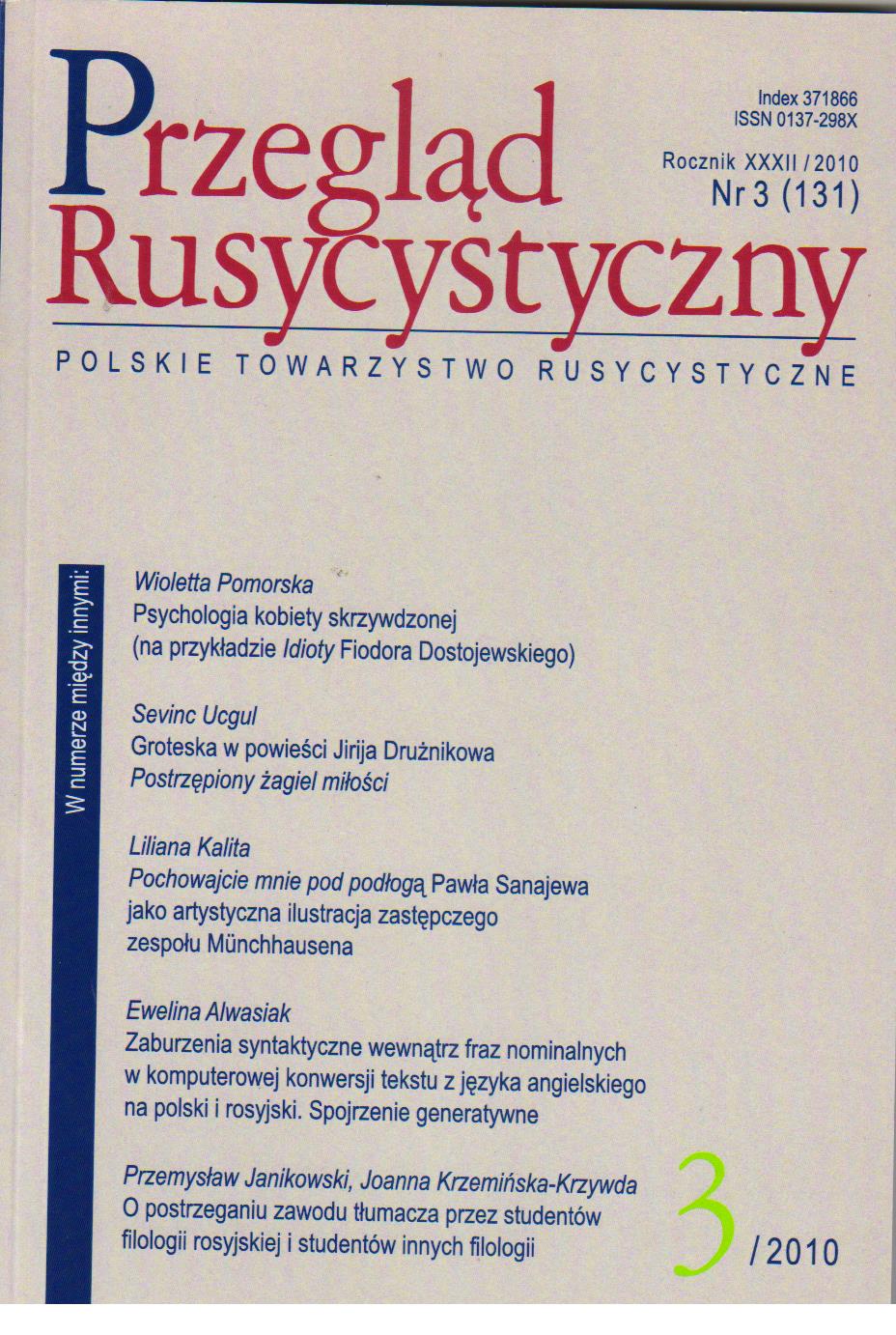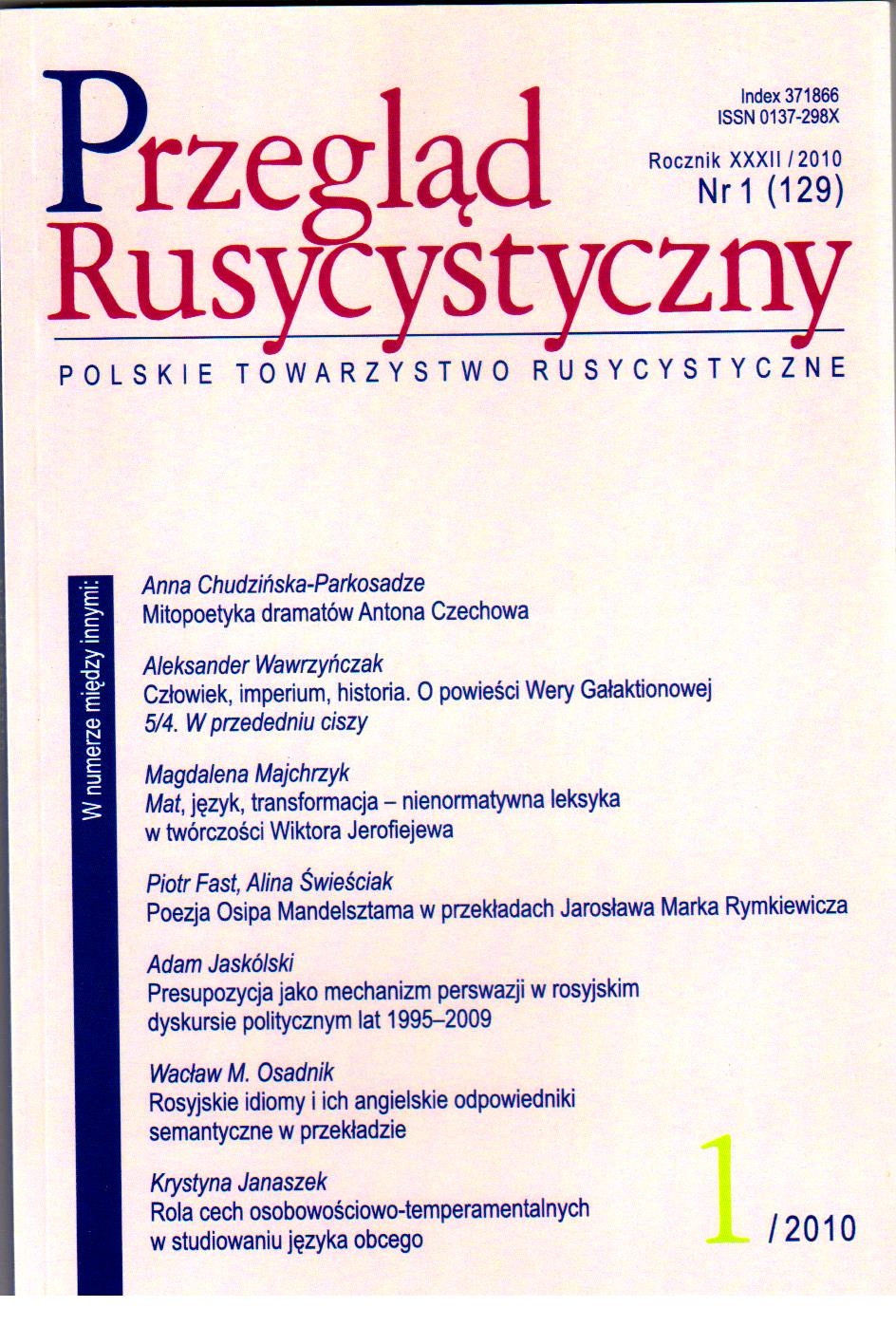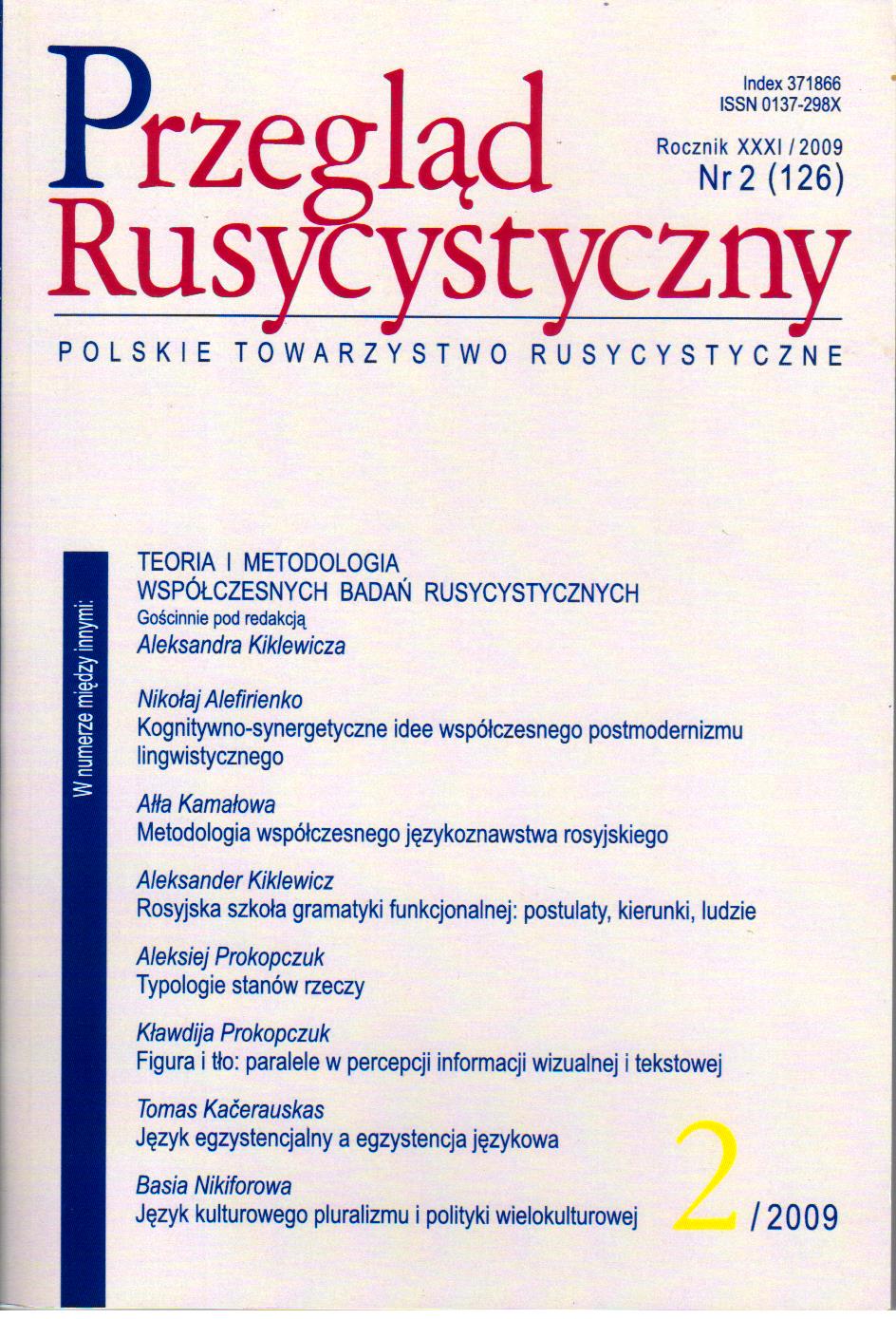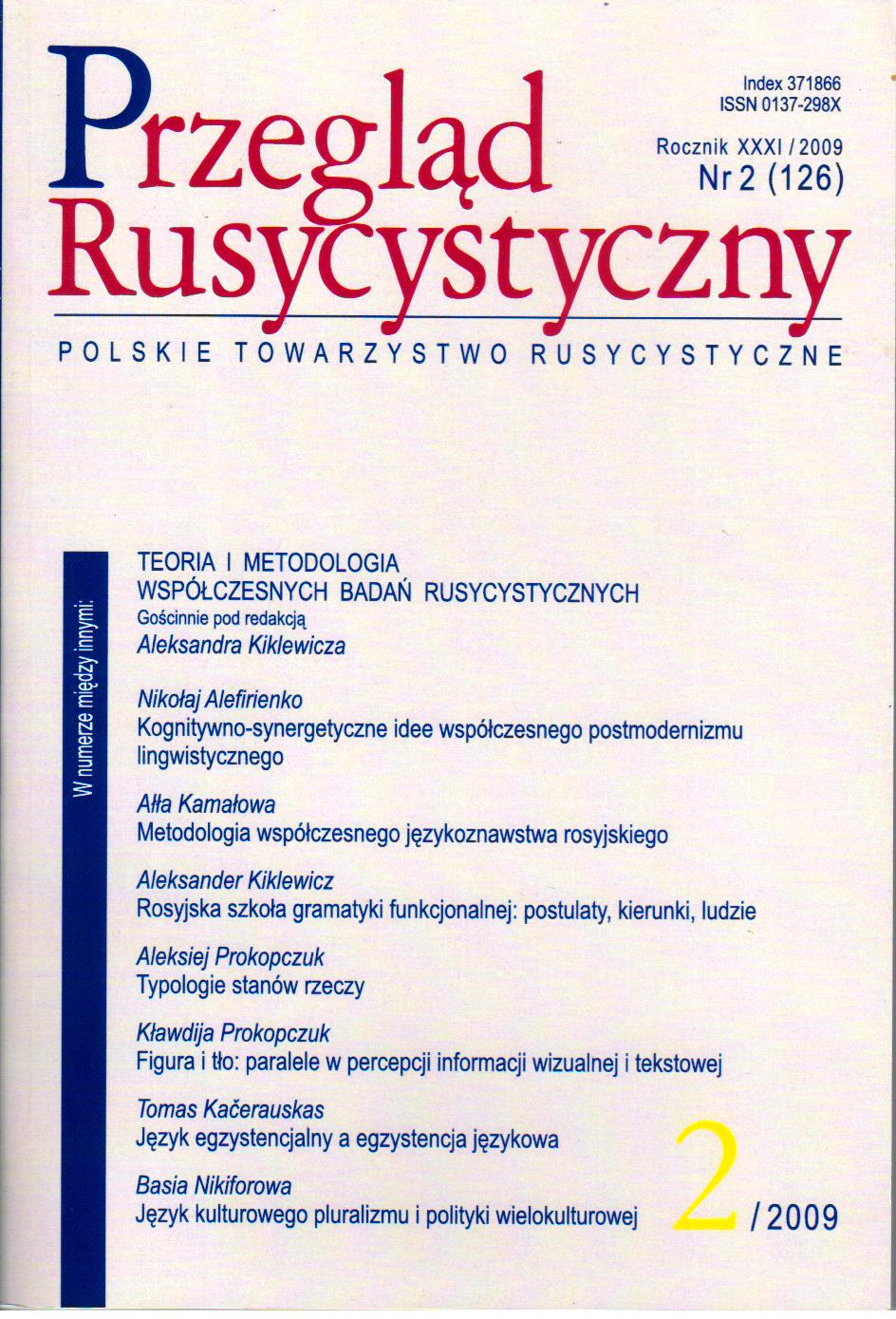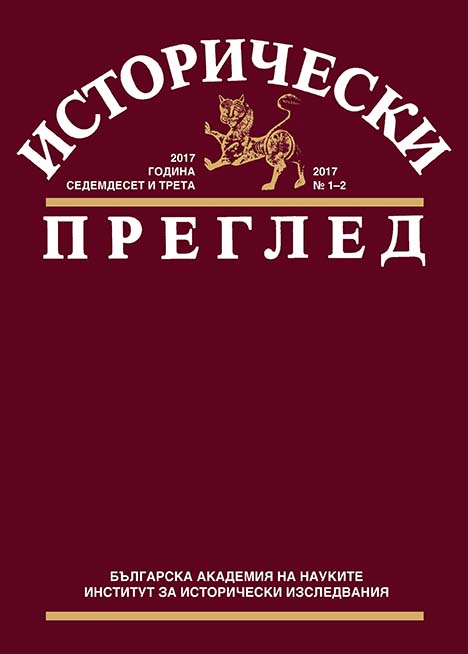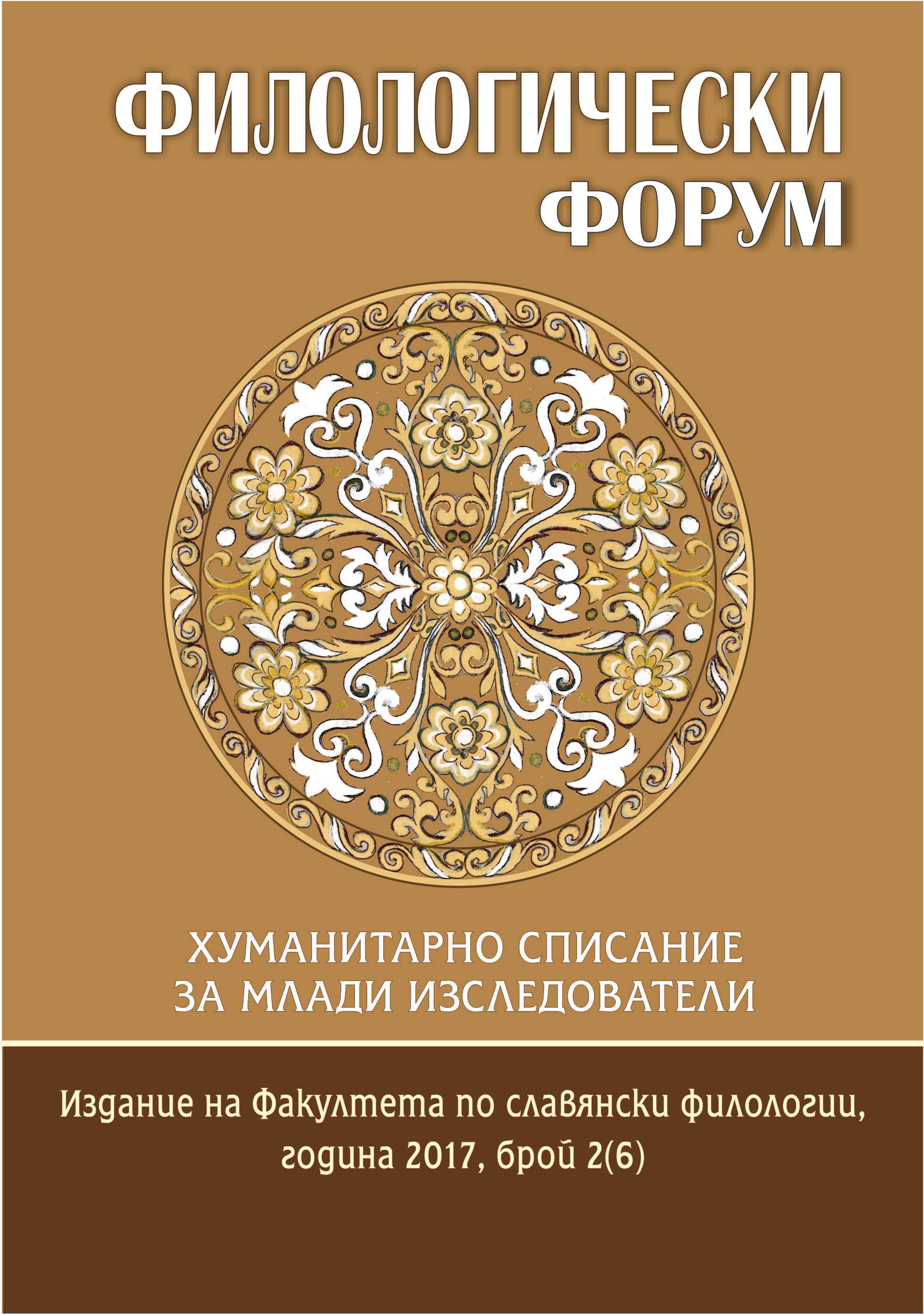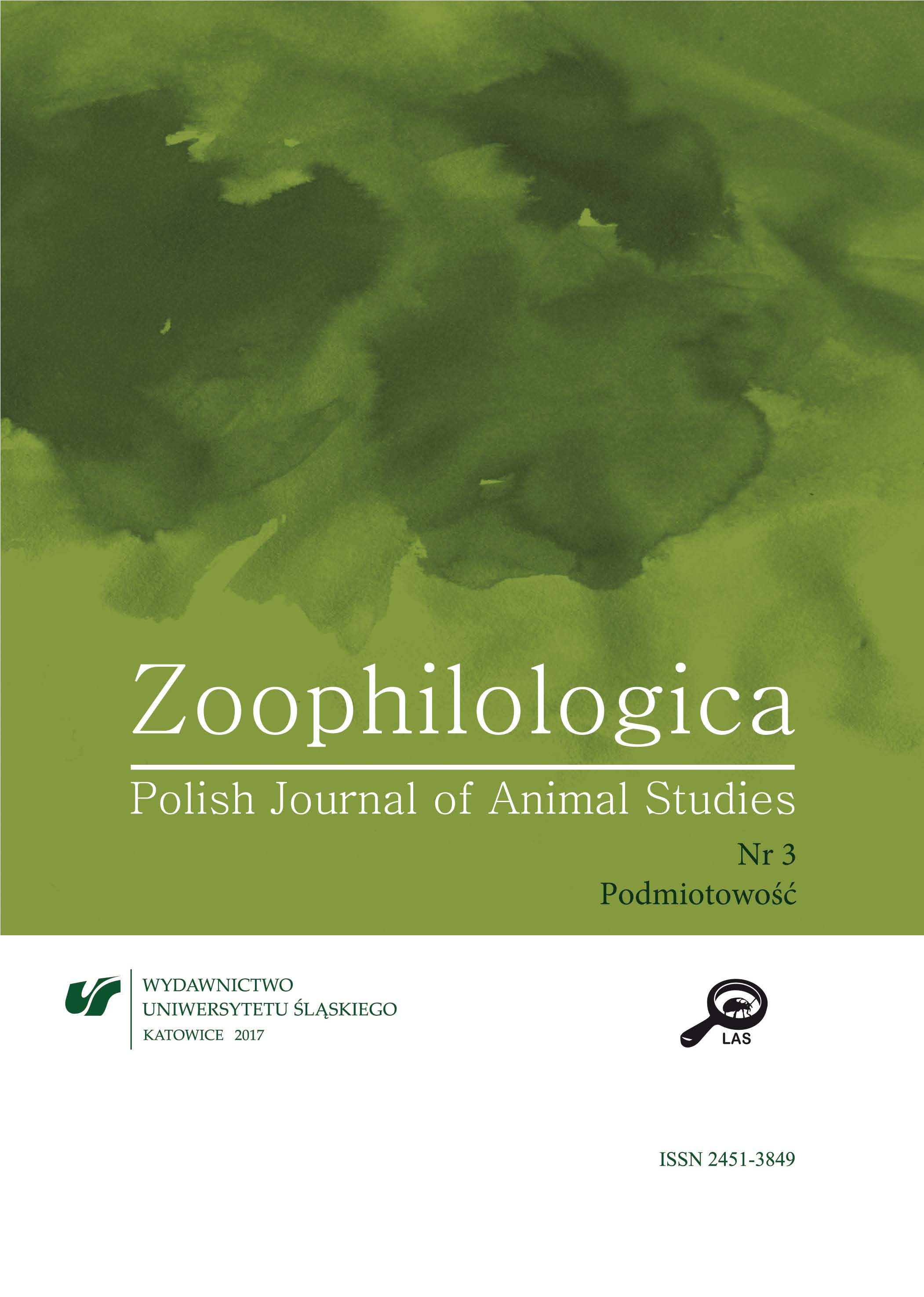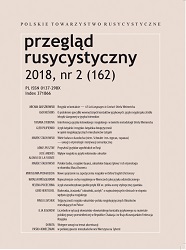Author(s): Aleftina Yuryevna Chernysheva / Language(s): Russian
Issue: 5/2017
The paper is devoted to analysis of the work by Bishop Anastasius (Professor A.I. Aleksandrov), the rector of the Kazan and St. Petersburg theological academies and the Dean of the Historical Philological Department of the Kazan Imperial University during the second half of the 19th – early 20th century, “In Memory of Mikhail Lomonosov, the Father of Russian Science and the Divinely Inspired Psalmist” based on the speech of A.I. Aleksandrov at the solemn meeting of the Kazan Theological Academy on November 7, 1911, on the 200th anniversary of birth of M.V. Lomonosov. M.V. Lomonosov’s linguistic findings still need further investigation, as well as A.I. Aleksandrov’s works. This defines the novelty and relevance of this study. The purpose of this paper is to trace M.V. Lomonosov’s contribution to the development of Russian linguistics as understood by A.I. Aleksandrov and to identify the features of A.I. Aleksandrov’s worldview. As a result of the study, the following conclusions have been made. Though the analysis of scientific and spiritual activity of M.V. Lomonosov, A.I. Aleksandrov showed that M.V. Lomonosov, as a brilliant linguist, is the creator of fine literature, including religious lyrics: versifications of nine pslams (1, 14, 26, 34, 70, 103, 116, 143, 145) of the Old Testament, odes from the Book of Job, and, in addition, two reflections on the Majesty of the God. The religious views of M.V. Lomonosov are associated by A.I. Aleksandrov with the faith of the poet in the “providential Hand” of the God and His mercy. According to A.I. Aleksandrov, M.V. Lomonosov’s poems is an evidence of the friendly union between faith and reason, as well as a reminder of the time in the history of Russian society when secular and spiritual science were indivisible, in contrast to the society. A.I. Aleksandrov explored carefully M.V. Lomonosov’s scientific works and demonstrated the specifics of his own worldview consisting in accepting the unity of secular and religious studies, which was characteristic of the Kazan Linguistic School during that period.
More...
